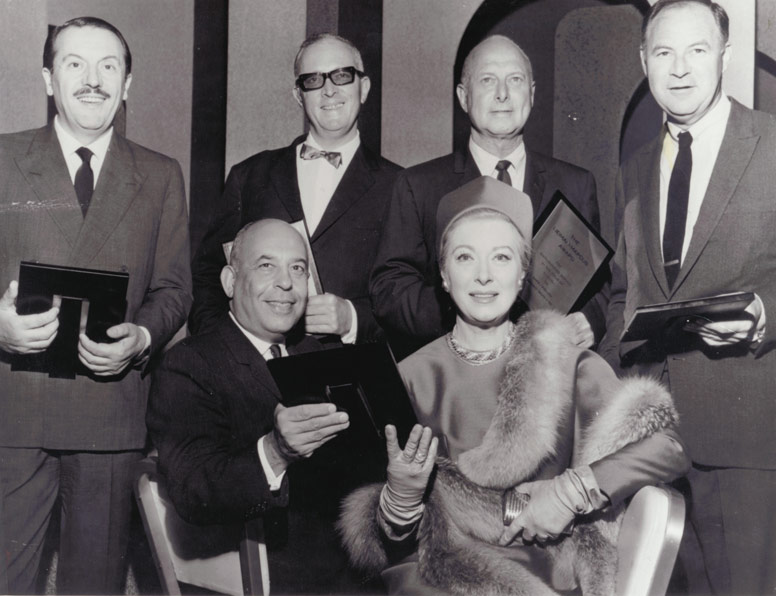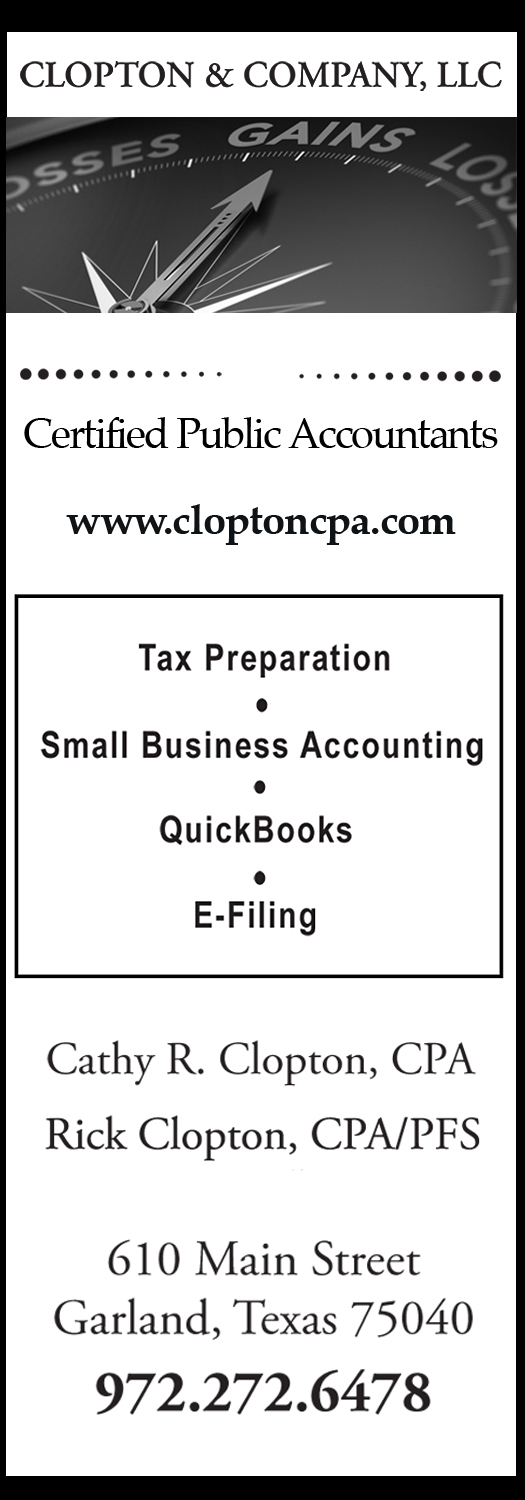This article originally appeared in the Garland/Mesquite section of The Dallas Morning News on Friday, July 14,1995.
When Harry Rolnick threw Garland’s hats into the ring, they performed a class act. Even Neiman-Marcus said so.
The Brooklyn native had matured in Houston, where he joined forces with his brothers in the business of renovating men’s hats. Moving to Dallas, he was a principal in the Florence Hat Company, then joined with Edward R. Byer to form Byer-Rolnick Corporation in 1929.
Byer was a retired industrialist from the gear business, but had never outgrown his roots in Nebraska. He settled on a farm near the edge of Garland at the intersection of Miller and Audelia Roads, indulging himself with his agricultural hobbies, leaving hat design and production to Rolnick.
One of Rolnick’s innovations was a patented process to prevent the wearer from sweating through the hatband and damaging the hat. This feature gave rise to the company’s trade name “Resistol.” Another distinction, spawned by early experiments, was the self-conforming leather hatband, which allowed the hat to adjust itself the peculiarities of a wearer’s head, be it round, oval or pointed.
It is doubtful that Garland’s boosters had any fashion statement in mind when they recruited the hat firm from its Dallas address in 1939 and literally paved the way for its new plant. Payrolls, property taxes and power revenues occupied the front burners of the city’s interest in those late-depression days. Byer-Rolnick would supply those in exchange for the help of local leaders in the location of its state-of-the art hat manufacturing facility, with a capacity of 360 hats per day. That original 50 by 500-foot complex on 50 acres was subsequently expanded to become the largest of its kind in the world.
While the Garland company’s original market base centered in Texas and Oklahoma, innovation and quality standards gradually spread its influence from coast to coast. The regional emphasis on western-style hats was broadened to include more sophisticated fedoras, and outlets such as Neiman-Marcus offered Byer-Rolnick dress models under the Churchill brand name.
Rolnick himself favored politicians and other notables with his creations and was once the exclusive designer for Warner Brothers. Before each clothing season the Warner wardrobe master would review a store full of hats, selecting those suitable for the stars and the main supporting players. Thus, Byer-Rolnick’s new fashions in men’s headgear frequently received their first viewing at public events or in Warner Brothers films.
Beginning in the early ‘60s with Rolnick’s retirement from the company, the plant has been owned successively by Koret of California, Levi-Strauss, Irving Joel and Hat Brands, Inc., which assumed control in 1993 and currently operates as Resistol Hats in the original location on Marion Drive at Forest Lane in Garland. Up to 500 employees now produce some 3,600 hats per day. Other brands still manufactured include Dobbs, Knox and Cavanaugh.
Although current manufacturing processes involve less hand creasing and more hydraulic operations, Harry Rolnick’s self-conforming leather bands are still in use. In 1994, 19 years after Mr. Rolnick’s death, he was posthumously awarded the Western Image Award for Lifetime Achievement from the Dallas International Western Market at the Apparel Mart in Dallas.

Photo caption: Harry Rolnick, president of Garland’s Byer-Rolnick Hat Corp. (standing third from left) received the Neiman-Marcus Award for Distinguished Service in the Field of Fashion. Pictured with him (l-r) in 1961 are Count Ferdinando Sarmi, Stanley Marcus, Roger Vivier, Greer Garson and Sidney Wragge.
Photo courtesy Mrs. Harry Rolnick and Neiman-Marcus

